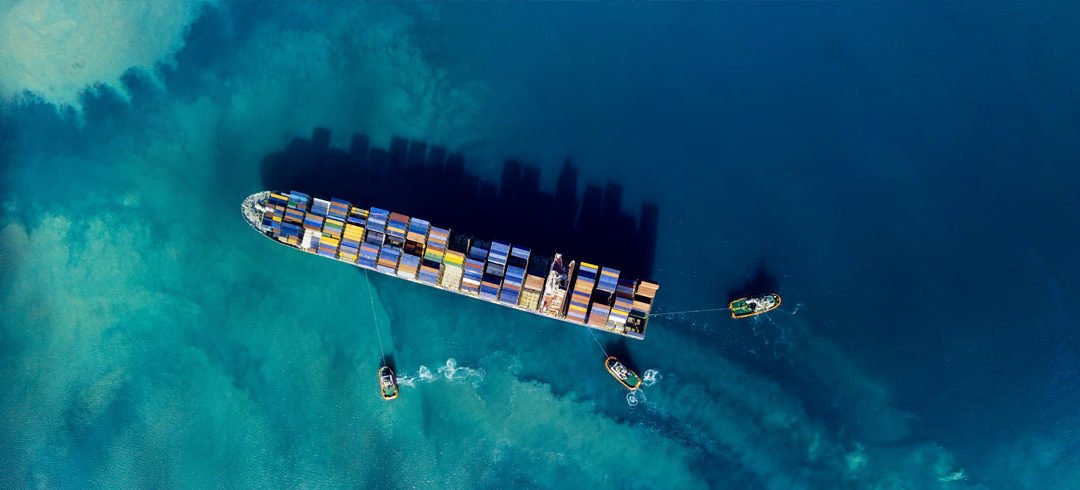Shipping goods across the ocean presents its own unique challenges. Whether you’re transporting personal belongings, commercial products, or specialized cargo, success depends on meticulous planning and execution. For those shipping to Hawaii from the mainland, anticipating potential hurdles and knowing how to navigate them can save valuable time, money, and stress. Below, we explore the most common overwater shipping challenges and offer practical strategies to overcome them.
1. Longer Transit Times
Unlike ground transportation, shipping over water often takes more time due to vessel schedules, loading and unloading processes, and customs checks. This is especially true for shipping to Hawaii from the mainland, as goods must travel a considerable distance.
How to Overcome It:
Plan shipments well in advance and build extra time into your delivery schedule. For time-sensitive cargo, choose the most direct shipping routes and confirm vessel departure dates to minimize delays.
2. Weather-Related Delays
Ocean shipping is highly influenced by weather conditions. Storms, high waves, or seasonal weather patterns can slow down or temporarily halt shipments. The Pacific Ocean, in particular, can present unpredictable weather challenges.
How to Overcome It:
Monitor weather forecasts for your shipping route and work with carriers that have contingency plans for delays. Proper packaging and waterproofing also help protect goods from potential exposure to moisture.
3. Higher Costs Compared to Land Shipping
Overwater shipping generally comes with higher costs due to fuel, port fees, container handling, and the logistics involved in transporting goods to and from ports. These costs can add up quickly for long-distance destinations.
How to Overcome It:
Consolidate shipments when possible to make full use of container space. Compare shipping options for the best combination of cost and speed, and consider scheduling shipments during off-peak seasons when rates may be lower.
4. Packaging Requirements for Sea Transport
Goods shipped over water face unique risks, including movement from waves, changes in humidity, and potential exposure to saltwater. Improper packaging can lead to damaged items upon arrival.
How to Overcome It:
Use sturdy, moisture-resistant packaging materials and secure items to prevent shifting during transit. For fragile goods, double-boxing and additional cushioning are recommended. Label packages clearly with handling instructions to reduce the risk of damage.
5. Customs and Documentation
International or territorial shipping often requires compliance with customs regulations. Even though Hawaii is part of the U.S., certain agricultural and restricted goods have strict entry requirements. Missing or incorrect documentation can cause delays or fines.
How to Overcome It:
Double-check all paperwork before shipping, including invoices, packing lists, and any necessary permits. If sending restricted items, review the latest regulations to ensure compliance.
6. Limited Shipping Schedules
Unlike trucking services that can run daily, ocean freight operates on fixed schedules. Missing a vessel’s departure could mean waiting days or even weeks for the next available ship.
How to Overcome It:
Book your shipment early and stay in contact with the carrier to confirm schedules. If timing is critical, coordinate drop-off and pickup times carefully to avoid missed deadlines.
7. Cargo Tracking Limitations
While many carriers now provide tracking, updates during ocean transit can sometimes be infrequent. This lack of real-time information can make it difficult to estimate arrival times accurately.
How to Overcome It:
Choose carriers that offer reliable tracking systems and status updates. Maintaining open communication with your shipping provider ensures you receive timely notifications of any changes in your shipment’s status.
Conclusion
Overwater transport is an effective solution for moving large volumes of goods, but it brings unique logistical challenges. Shipping to Hawaii from the mainland requires meticulous planning, secure packaging, and clear communication with your carrier to ensure a seamless process. By implementing thoughtful strategies, you can minimize delays, safeguard your cargo, and make overwater shipping more reliable and cost-efficient.


